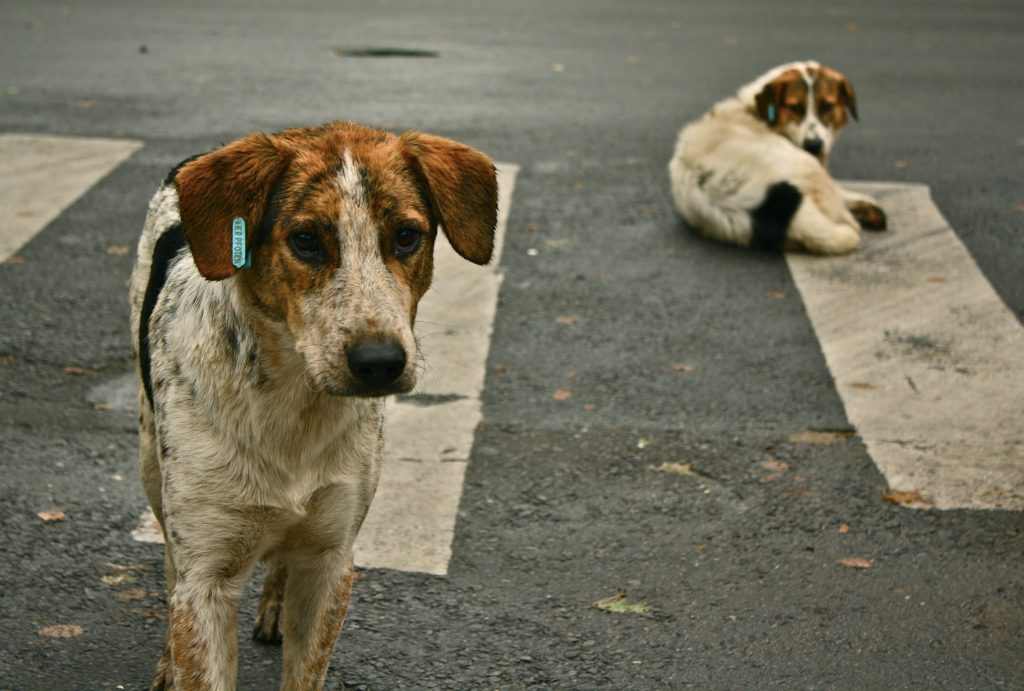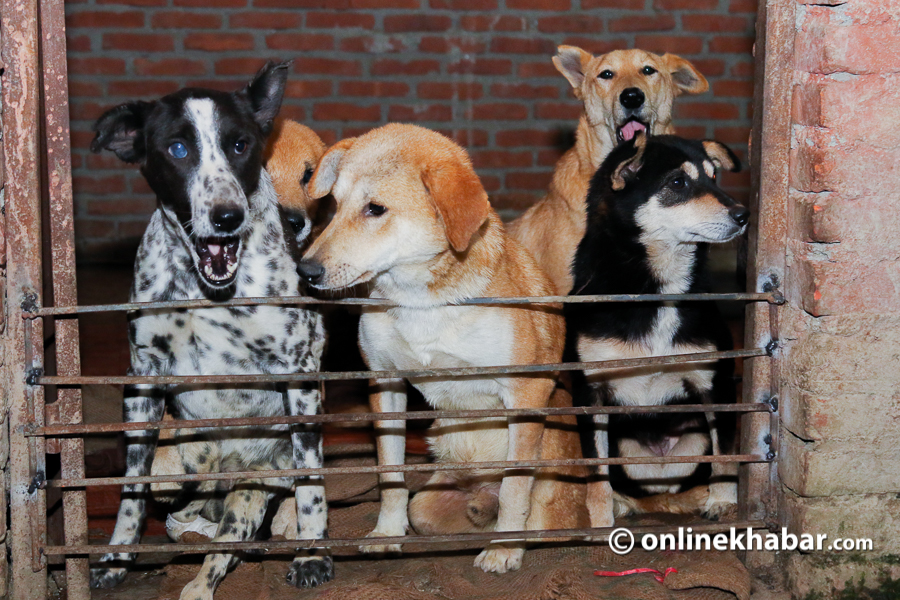
Canine transmissible venereal tumour (CTVT) in dogs is a highly contagious disease that poses a threat to the canine population worldwide. This type of cancer is a widespread problem in Nepal.
The canine transmissible venereal tumour is usually seen in sexually active, free-roaming dogs and is more common in certain regions such as Africa, Asia, and South America. The canine transmissible venereal tumour was first identified in the late 19th century and was one of the earliest recognised infectious forms of cancer.
According to various research, there are more than 8,000 infected dogs in Kathmandu Valley alone and their number increases month by month. In Nepal, it is most common in free-roaming street dogs and most common in female dogs than males causing horrific genital disfigurement, pain and eventually death.
Despite its high prevalence in many countries, information about the disease and its treatment is still limited. This lack of understanding makes the spread of canine transmissible venereal tumours difficult to manage and control.
How does the disease spread?
Also known as CTVT, the canine transmissible venereal tumour, is commonly seen in street dogs and free-roaming dogs, as they are more likely to have weakened immune systems due to factors such as poor diet and exposure to environmental toxins.
It is a sexually transmitted disease it is generally transmitted due to sexual contact between dogs; it is important to note that viruses or bacteria do not cause it. Instead, it is a clonally transmitted cancer, meaning that the cancer cells themselves are transmitted from one dog to another during sexual intercourse. It can also spread through contact with the nose, mucous membranes, licking, biting, or direct contact with the tumour.

Signs and symptoms in affected dogs
Clinical signs of this disease can vary depending on the location and size of the tumour. Common signs include discharge from the affected area, swelling and/or inflammation of the affected area, difficulty urinating or defecating (if the tumour is located in the urethra or anus), dyspnea or coughing (if the tumour affects the respiratory system) In advanced cases, CTVT can metastasize to other parts of the body, including the lymph nodes, liver, and spleen.
Treatment
The treatment of canine transmissible venereal tumours involves various modalities such as chemotherapy, surgery, immunotherapy, and radiotherapy. However, chemotherapy is the most commonly used treatment modality for CTVT.
Chemotherapy is nowadays a promising drug in the treatment of CTVT. Chemotherapy is a commonly used treatment modality for canine transmissible venereal tumours in dogs. Various chemotherapeutic agents, including vincristine, doxorubicin, cisplatin, vinblastine and cyclophosphamide, have been used to treat CTVT in dogs.
According to various research, chemotherapy is responsible to regress the tumour and it is shown to be effective in treating the disease. It is important to note that the specific dosages and administration schedule may vary depending on the individual dog’s condition and response to treatment, and should always be determined by licensed veterinarians.

The potential risk of chemotherapy to humans
Technicians affiliated with various animal welfare associations also are found using cancer medicine (chemotherapy) called vincristine without any protection in dogs who are suffering from uterine cancer (CTVT).
They do not take dogs to clinics for chemotherapy and just perform it on busy city roads, which is dangerous. Performing chemotherapy without any safety measures is hazardous as the medicine usually remains in the body for either three days or seven days.
The residue of this drug are found in the urine and faeces, tear, sweat and vomit of dogs for three to five days and if any dog or even person gets into contact with the dog’s faeces and urine, one is prone to infertility, anaemia and various other diseases.
Prevention and control
In Nepal management of canine transmissible venereal tumour in dogs is challenging. Street Dogs remain as reservoirs of CTVT, Isolation and treatment of the infected dog is one of the methods which leads to control of disease spread. Control of the disease can be done by controlling the street dog population. Government should make a project and plan to control the free-roaming street dog population to control the incidence of CTVT. What to do in case you see dogs infected with CTVT?
There are many NGOs working for the welfare of dogs such as Sneha Care, Animal Nepal, and Kat Center you can call them they will rescue these dogs and start the treatment.

















